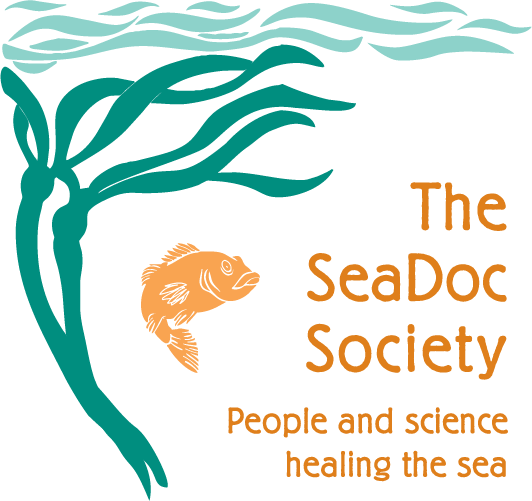By Bob Friel
So how did SeaDoc’s chief scientist Joe Gaydos go from studying lions in Zimbabwe to sea lions in the Salish Sea? Joe recently spoke about his fascinating journey with the hosts of True North Story, a popular podcast that features positive, encouraging tales from authors, artists, entrepreneurs, and other notables about finding their life’s purpose.
Much more accustomed to killer whale pods than motivational podcasts, Joe thought the interview was just going to be about his bestselling book, Salish Sea: Jewel of the Pacific Northwest. Instead, he found himself pressed with personal questions about how a West Virginia boy descended from a down-to-earth coal miner winds up living on a Northwest island gazing at sea stars.
Joe gamely answers the questions with his characteristic humor—the story of him as a child, bringing home an unidentified and possibly poisonous snake that got loose and bit his sister is alone worth listening to the interview! But he also gives an inspirational account of discovering his love of science and wildlife, and being encouraged to explore wild places from a very young age, and how that ultimately led to his career as a wildlife vet.
Joe also managed to steer the interview away from himself and the times he recklessly endangered family members to get in a lot of good words about the SeaDoc Society, its history, and the important work it’s doing. By the end of the broadcast, the show’s theme neatly wrapped up the lesson of how Joe Gaydos followed his passions to find his purpose in life with the message of how we’re all connected to the environment, and how vital it is for everyone to explore wild places like our Salish Sea, to get to know them, and to become passionate about protecting them.
You can listen to Joe’s podcast with True North Story online, on iTunes or through the player below.


















